£9.95 delivery on orders excluding certain products & postcodes *
Concrete Floor Repair
Concrete Repair Epoxy Mortar and Self Levelling Screeds
Cracks in concrete floors can not only be unsightly but can also be dangerous and can cause trip hazards. Here at Promain we make sure that we sell only the very best concrete floor repair products that have been created to deal with cracks in concrete floors in the best way possible. As well as concrete floors these products can also be used on concrete stairs and stair edges to ensure a safe surface for any concrete flooring. Whether it is for internal or external use we are sure to have the perfect product to suit your specific needs. Our fantastic team of experts are always on hand to discuss the best product for you so if you have any queries or questions then make sure you give us a call as we would be more than happy to answer your questions and to point you in the direction of the best product for your needs.
-
 Fosroc Conbextra GP
Fosroc Conbextra GPFor free flow, non-shrink, cementitious grouting of gap thicknesses 10 to 75 mm. London Underground approved.
-
 Fosroc Renderoc HB45
Fosroc Renderoc HB45A high performance, hand / wet-spray applied, fibre reinforced high build, high strength, concrete reinstatement mortar. Meets BS EN 1504-3 Class R4.
-
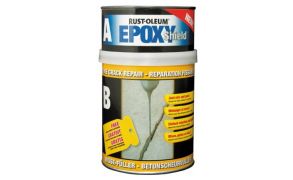 Rustoleum EpoxyShield Fine Crack Repair
Rustoleum EpoxyShield Fine Crack RepairFor quick repair of fine crack and holes in warehouse, workshop and concrete floors.
-
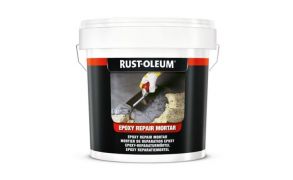 Rustoleum 5180 Epoxy Repair Mortar
Rustoleum 5180 Epoxy Repair MortarA professional quality fast setting and permanent repairs compound for badly cracked and worn concrete or stone floors.
-
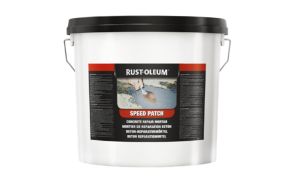 Rustoleum 5150 Speed Patch for Floors
Rustoleum 5150 Speed Patch for FloorsFast Setting for Deep Holes in Concrete and Power Floated Floors and slabs.
-

-
 Mapei Ultraplan Renovation Screed 3240
Mapei Ultraplan Renovation Screed 3240A fibre reinforced self levelling compound, designed for use in the refurbishment of existing floors.
-

-
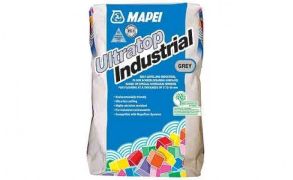 Mapei Ultratop Industrial
Mapei Ultratop IndustrialSelf-levelling industrial floor screed based on special hydraulic binders for abrasion-resistant flooring. From 5 to 40mm.
-
 Mapei Planitop Fast 330
Mapei Planitop Fast 330Quick-setting, fibre-reinforced cementitious mortar for internal and external floors and walls. Apply from 3 to 30mm.
-
 Mapei Mapelastic Zero
Mapei Mapelastic Zero2 pack cementitious mortar, flexible down to -20°C, for waterproofing balconies, terraces, bathrooms and swimming pools.
-
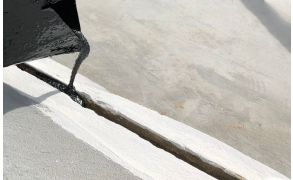 Centrecoat MMA Joint Seal
Centrecoat MMA Joint SealA two pack, pourable, flexibilised methacrylate sealant for direct pouring into horizontal floor joints.
-
 Mapei Mapegrout SV Fiber
Mapei Mapegrout SV FiberA flowable, quick setting cementitious mortar suitable for application down to temperatures as low as -5°C.
-
 Centrecoat Fastpatch Concrete Repair Mortar
Centrecoat Fastpatch Concrete Repair MortarFormulated for rapid and permanent repairs to concrete and masonry surfaces.
-
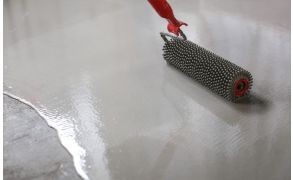 Centrecoat MMA Fire Resistant Smooth Screed
Centrecoat MMA Fire Resistant Smooth ScreedA very fast curing fire resistant and slip resistant coating offering a full return to service after just 2 hours.
-
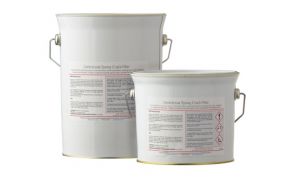 Centrecoat Epoxy Crack Filler
Centrecoat Epoxy Crack FillerEasy to use, fast cure for filling cracks and voids in concrete. Can be used at low temperatures.
-
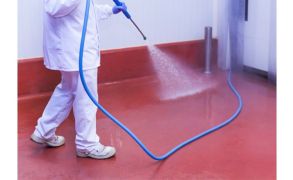 Centrecoat MMA Smooth Screed
Centrecoat MMA Smooth ScreedA hard wearing, impervious floor finish. Full return to service in 2 hours. Hygienic, easy clean and chemical resistant.
-
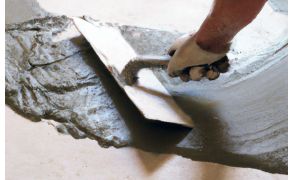 Sherwin Williams Resuflor Patch
Sherwin Williams Resuflor Patch3 Pack product, ideal for rapid repair of concrete surfaces in heavy duty environments.
-
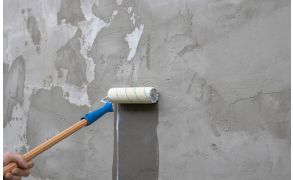 Centrecoat Mortar Epoxy Tack Primer
Centrecoat Mortar Epoxy Tack PrimerA two-pack solvent free epoxy coating designed for use as a primer for epoxy mortars and screeds.
-
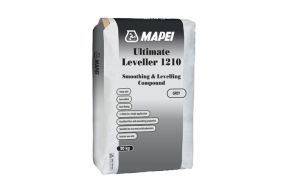 Mapei Ultimate Leveller 1210 Levelling Compound
Mapei Ultimate Leveller 1210 Levelling CompoundA self levelling and smoothing compound for use on domestic and commercial internal flooring.
-
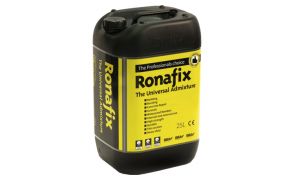
-
 LRS RapidRoof Crack and Joint Filler
LRS RapidRoof Crack and Joint FillerA fast curing, high strength, trowel applied, three component resin mortar, for rapid and permanent repairs to roofs.
-
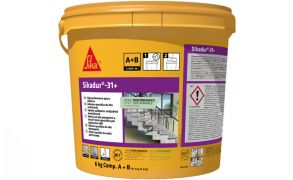 Sika Sikadur 31 Plus
Sika Sikadur 31 PlusAn epoxy adhesive for structural bonding and concrete repair. For DIY and Professional applications.
-
 Rustoleum Speed Screed for Floors
Rustoleum Speed Screed for FloorsA concrete repair for uneven, damaged or worn out concrete and power floated floors. Can be applied from 3mm to 15mm thick.
-
 Sika Monotop 4012 Formerly Monotop 612
Sika Monotop 4012 Formerly Monotop 612A 1 part, cementitious, fibre reinforced, low shrinkage repair mortar from Sika.
-
 Sika Sikafloor 81 EpoCem
Sika Sikafloor 81 EpoCemA three part, epoxy modified cementitious, fine textured mortar for self smoothing floor screeds in thin layers of 1.5 to 3mm.
-
 Rustoleum Speed Patch Pourable Grade
Rustoleum Speed Patch Pourable GradeA Rapid Setting Pourable Grade repair for concrete floors, applied at thickness's from feather edge to 100mm.
-
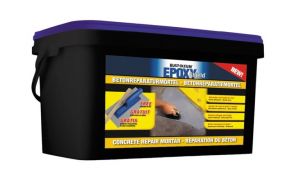 Rustoleum Epoxyshield Concrete Repair Mortar
Rustoleum Epoxyshield Concrete Repair MortarFor internal or external renovation of concrete floors, holes, cracks and damages.